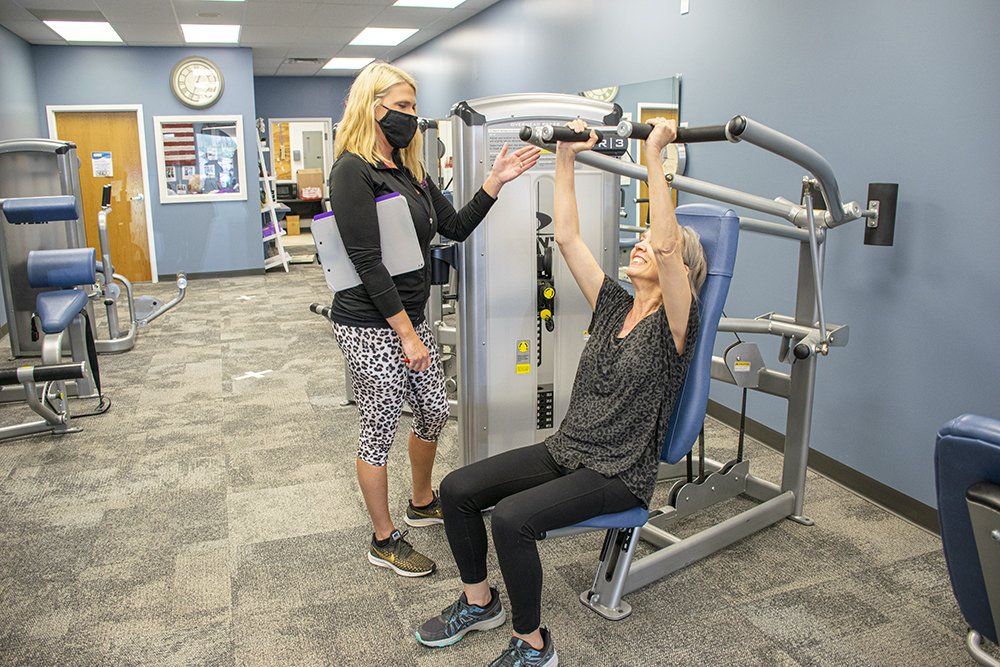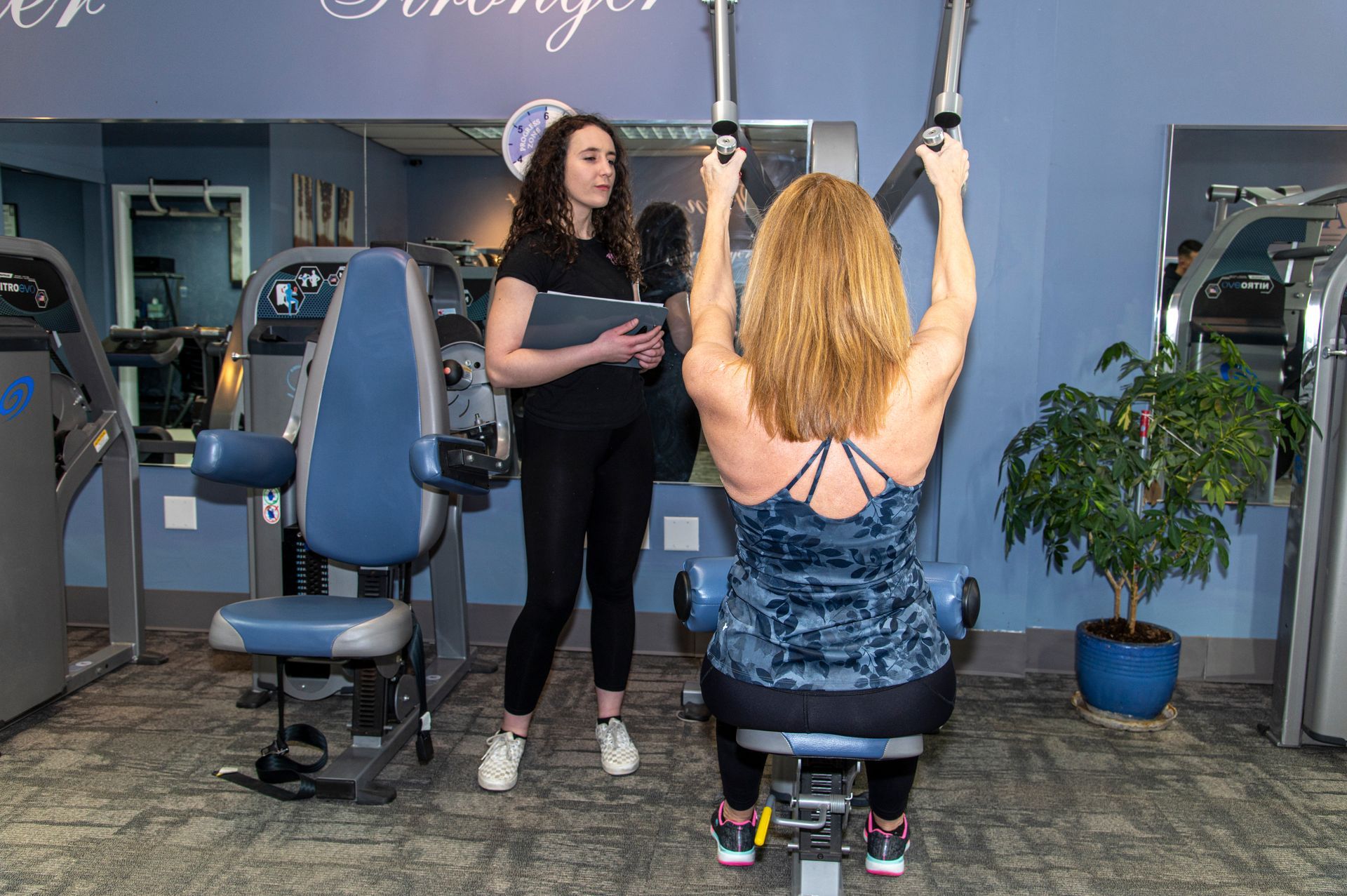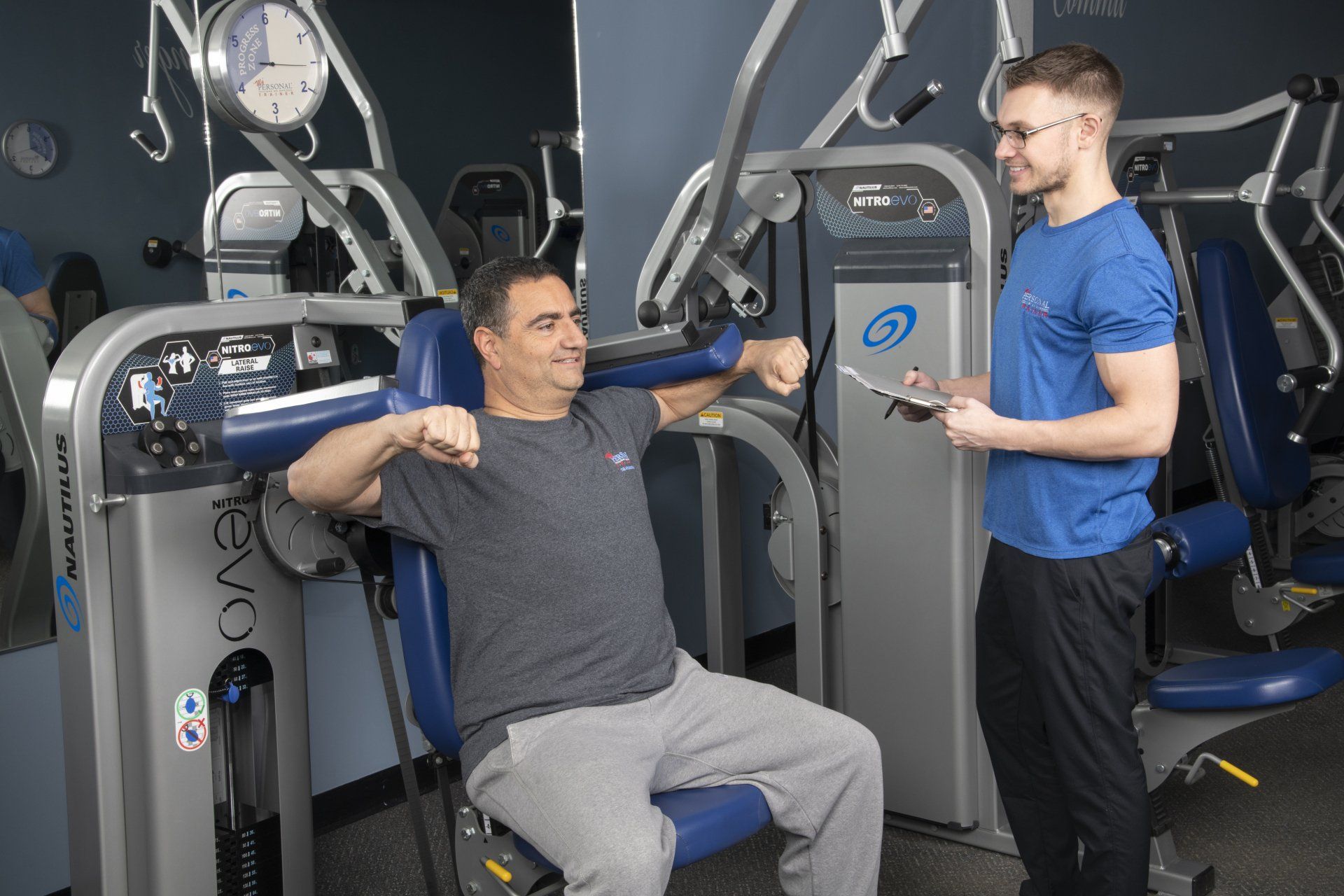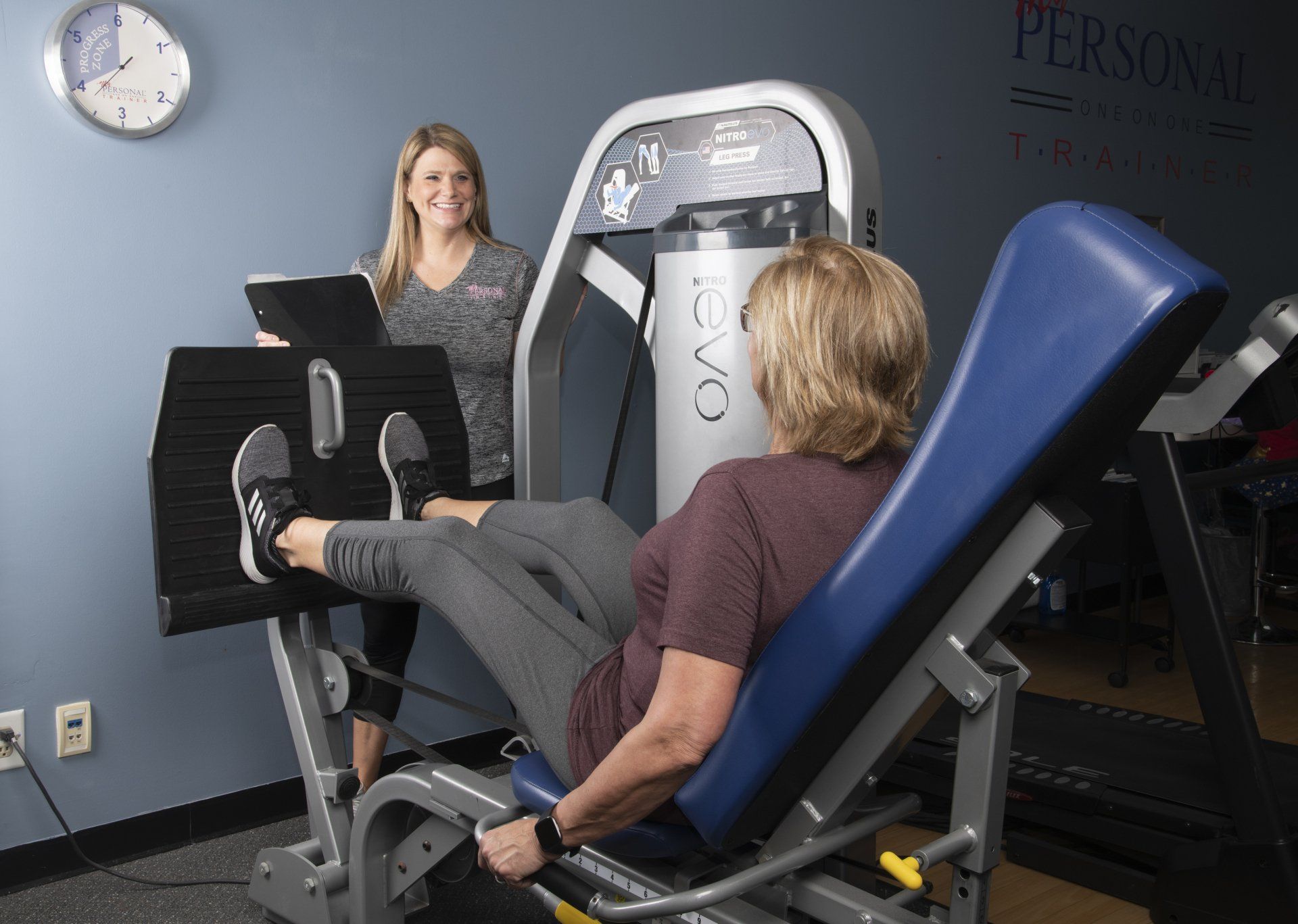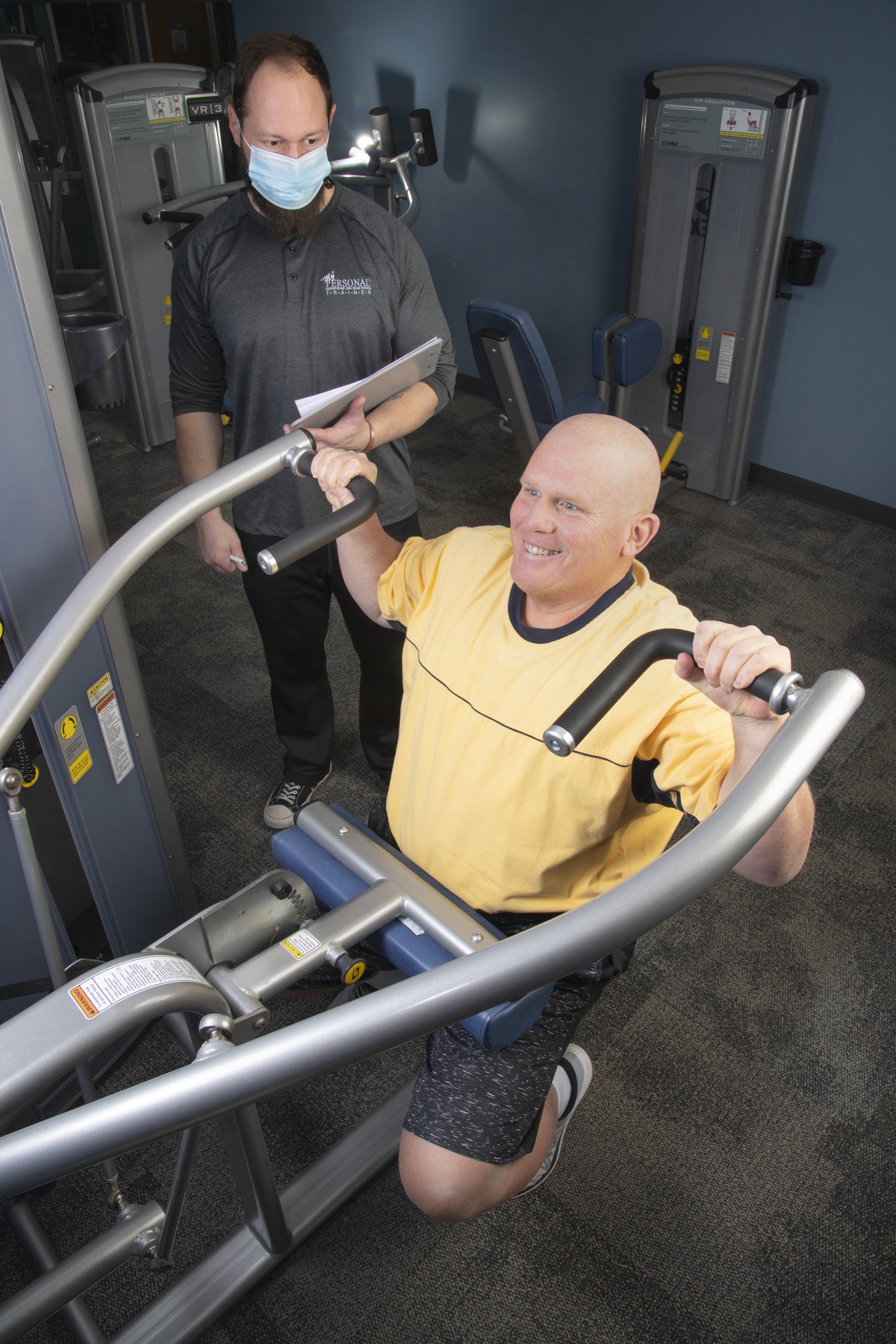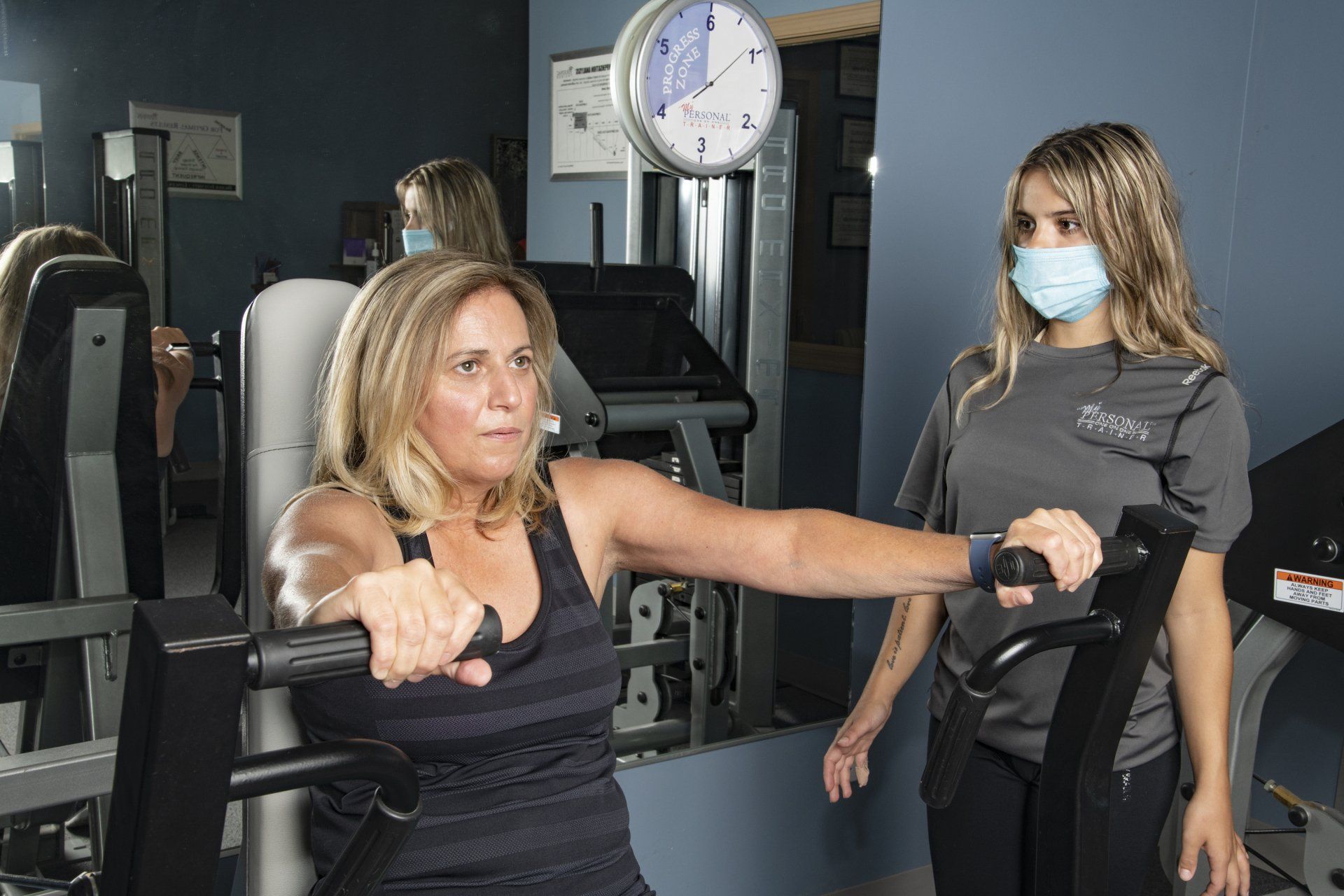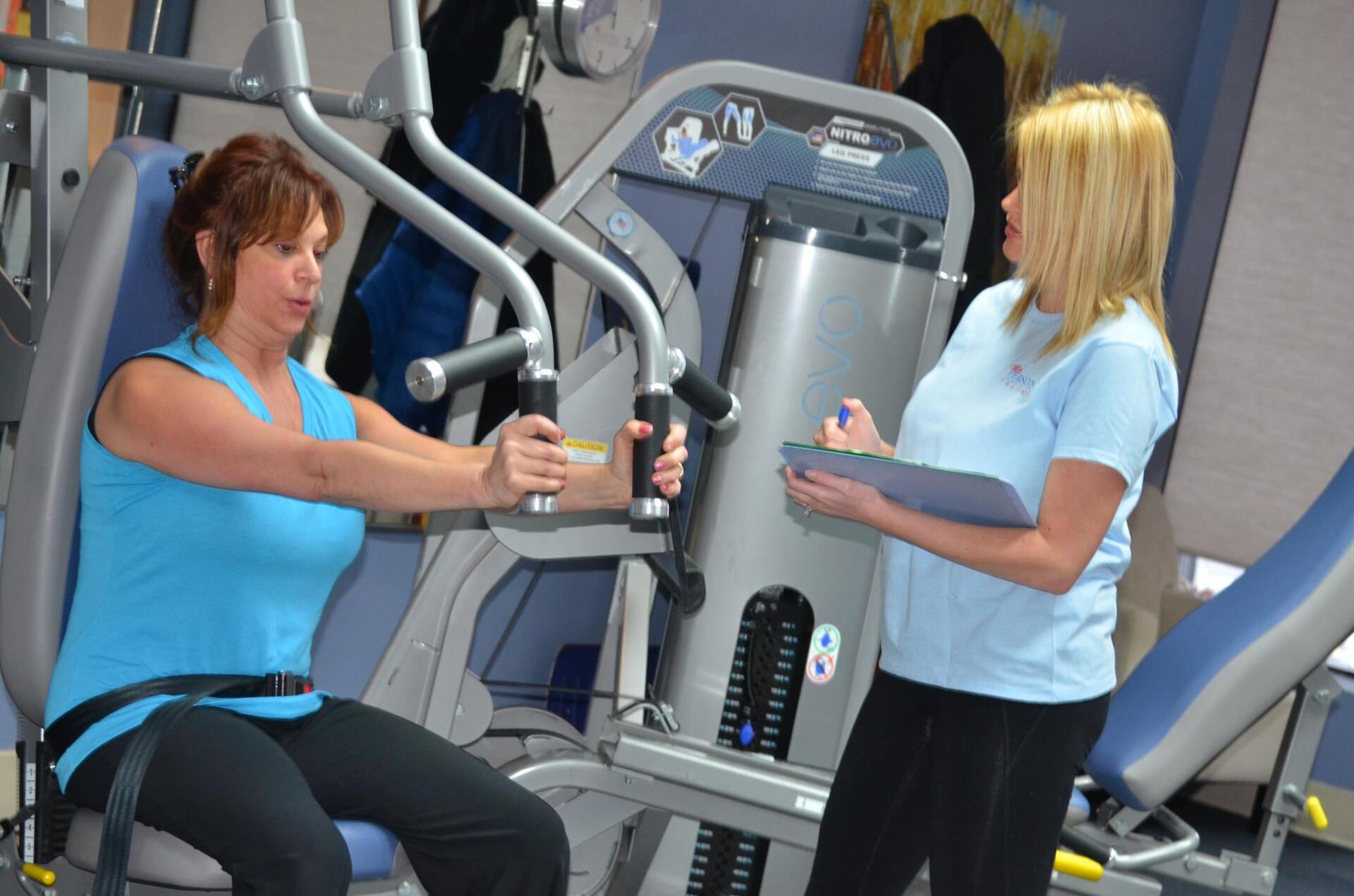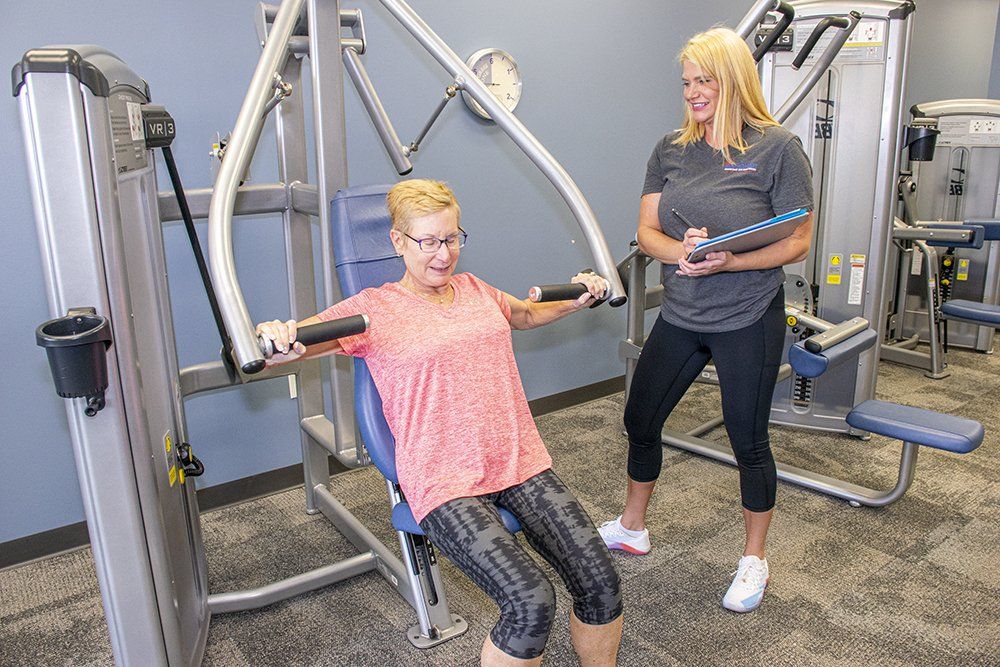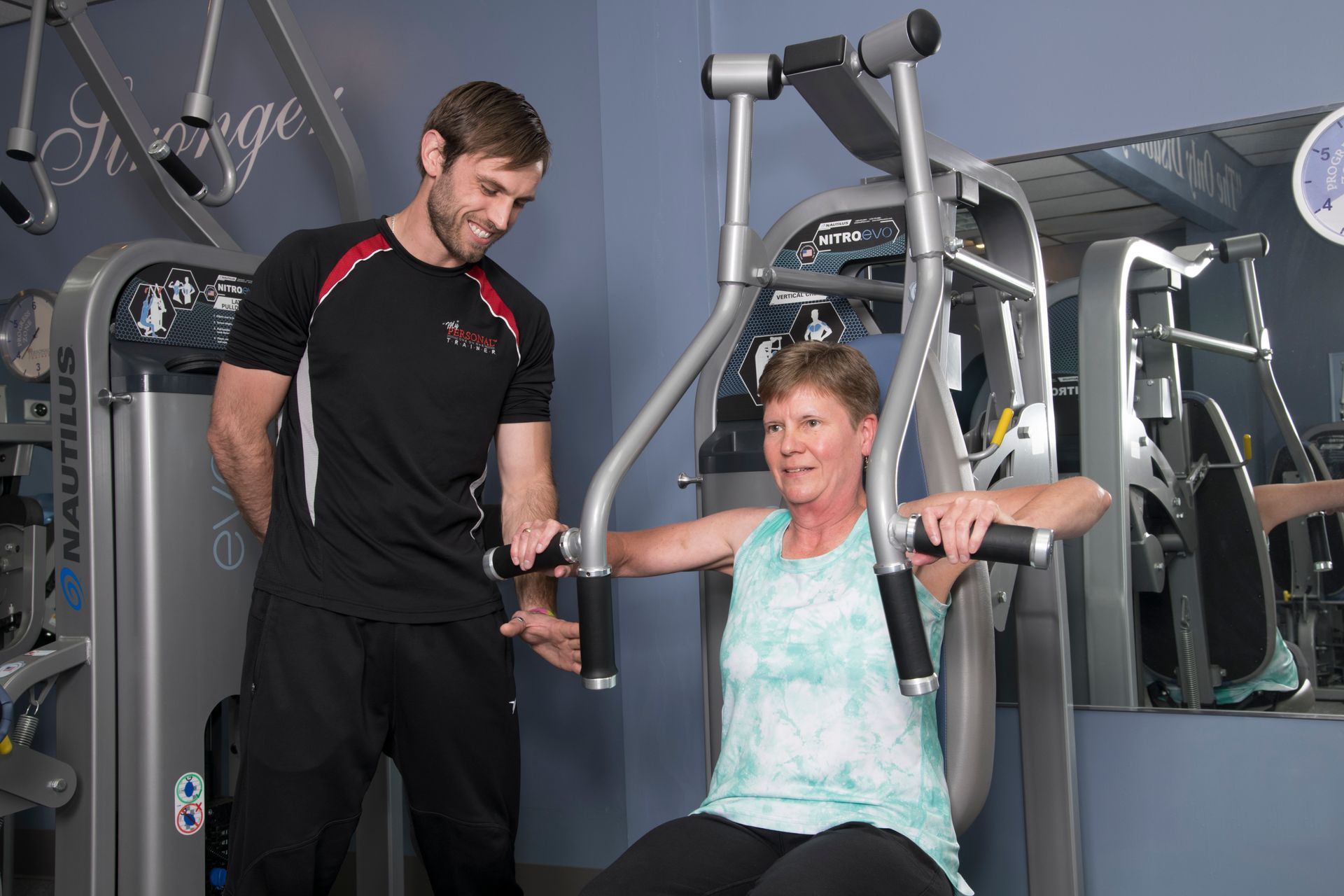What Kind of Results Should One Expect from Strength Training
You can’t turn a camel into a race horse, no matter what kind of training program, nutritional plan, or how much desire the camel has in its quest to accomplish it. Genetics has the final say in this and genetics are totally determined and programmed at conception and can’t be altered or changed no matter what you do. However, good results can be obtained by just about anyone if the proper knowledge and application of that knowledge is applied.
To obtain the best results for muscle improvement in the shortest period of time, the exercise has to be intense (hard) in effort. If it’s not hard enough, the muscle has no reason to protect the body by increasing its strength which is the only thing that can be done to improve muscle. Also, the workout itself must be as brief as possible. The harder the exercise is the less exercise one can perform each workout. You can walk five miles a day, but let’s see you sprint five miles!
Too much exercise, when performed properly, will deplete the bodies limited amount of biochemical resources (recovery ability) making progress virtually impossible even though the muscles were exercised properly. We all have individual limits to tolerating high intensity exercise. This tolerance is based on the amount of effort (not amount of exercise) applied to each exercise. Our age, gender, hormones, genetics, and time or rest between workouts all have a major influence on the amount of proper exercise we can tolerate.
The very first thing the body attempts to do after exercise is recover from the exhausting effects of the workout. But total recovery of the muscles and the whole physical system takes time. Proper exercise can only stimulate the result, it can’t produce the result. It’s the body that actually produces the result, but only if given a sufficient amount of time to do so. Many individuals, personal trainers, and coaches are totally unconcerned or even aware of this physical occurrence which accounts for so many injuries, and slow or little results!
